Pasts Imperfect (10.23.25)
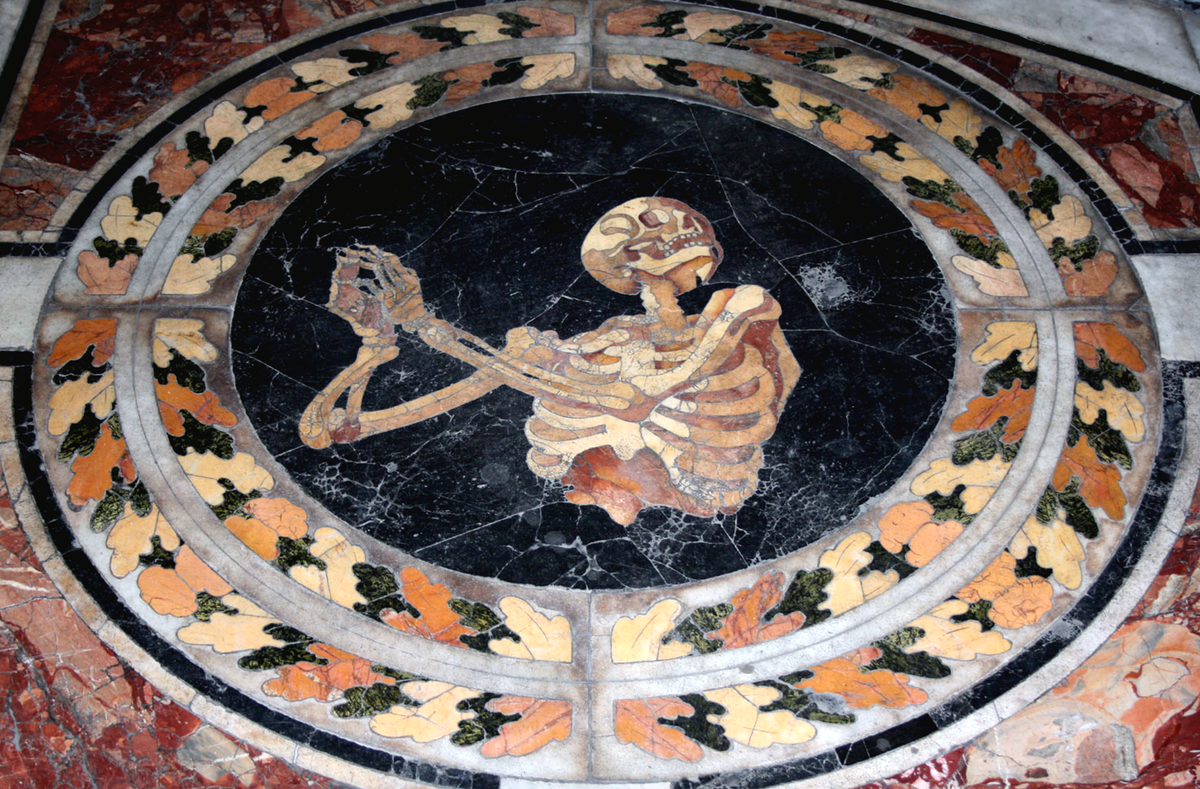
It is almost Halloween! Spooky season means that the internet is full of creepy content, but your editors are here to sort through the chaff and get you the best of the best from the ancient world. 🎃 In public humanities, a digital project allows people to read cuneiform and many other ancient languages in Braille, AI helps reconstruct fourth century Chinese calligraphy and Syriac manuscripts, reevaluating the Crisis of the Third Century from below (from a mass grave), a new basin at Gabii, petroglyphs in the Northern Arabian Desert, studying and teaching Sanskrit philosophy, the sons of Attila the Hun, and much more.
Is it just me or does it feel haunted in here? by Stephanie Wong
Reviving one of my favorite facts about Halloween: before we carved pumpkins, we carved turnips. You may know that Halloween is derived from the ancient Celtic festival of Samhain, but—lest you forget—those very same Celts did not have pumpkins available. Spooky metal lanterns were expensive, so industrious folks back then turned to their late-fall gardens. Root vegetables abounded!
But back to the pumpkins. Why weren't they with the Druids? At Salon, Serin Quinn tells those of us who are ignorant about the vegetable's past. Just like tomatoes or corn, the humble pumpkin was unknown to Europeans until the early modern period. The earliest evidence of pumpkin consumption (Roman cucurbitae were more of a squash) is from Oaxaca, Mexico, around 9,000 BCE.
Pumpkin carving is actually a fairly recent tradition, practiced in the US since around the 1890s.
And speaking of Mexico, this Latin Americanist's favorite holiday from our neighbor down under: Día de Muertos! The celebration dates back to ancient Aztec times while incorporating modern traditions. Customs differ regionally, but many communities build ofrendas (altars) to deceased relatives, welcoming them back from the underworld for one celebration a year.
Public Humanities and a Global Antiquity
The overhauled NEH may have axed funding for many ancient world projects in the Spring, but Eric J Harvey's amazing "Braille for Ancient Languages" keeps going. The site now has "Beginners’ Guides for Teachers and Students" and "Braille Code Charts and Sample Texts" for cuneiform (and other) transliteration, Classical and Biblical Hebrew, Classical and Koine Greek, and Coptic. So cool.
Today I published a new section of my website with resources for those who wish to learn, study, and/or teach ancient languages using braille. It rests on work we did over the past year to expand screen reader access to these languages through the LibLouis library. Check it out and share around!
— Eric J. Harvey, Ph.D. (@blindscholar.bsky.social) 2025-10-16T20:28:41.271Z
AI is in the news again. At the SCS Blog, Amy Norgard and Joshua Nudell have two stellar posts: "Pygmalion in the Age of AI Companions" and "Gender, Purity, and Artificial Women." As they note, "the rise of AI companions may seem like uncharted territory, but stories about humans and fabricated beings—and the questions they raise about the human condition—are in fact very old." And within the digital pages of the South China Morning Post, they report that a research team at Peking University used AI to restore the 4th century calligraphy of Rhapsody on the Luo River Goddess, or Luoshen Fu, by Chinese calligrapher Wang Xianzhi. "Luoshen Fu is a prose poem originally written around AD 222 by Cao Zhi, a prince of the state of Cao Wei during China’s Three Kingdoms period." Xianzhi was known for cursive and running scripts in particular.

And at the Digital Orientalist, Ephrem A. Ishac presents an overview of the use of Generative AI for the reconstruction and visualization of Syriac Manuscripts. AI can be a powerful aid for the reconstruction of fragmented manuscripts and the decipherment of damaged text. Ishac used Transkribus, which is an AI-powered handwriting recognition platform.
Archaeologists continue to find amazing things. At the site of Gabii, near Rome, comes the announcement of a basin that may be one of the oldest examples of Roman monumental architecture:
In the heart of the ancient Roman city of Gabii, located just 11 miles east of Rome, a team of archaeologists led by University of Missouri professor Marcello Mogetta has made a remarkable discovery: the remains of a massive stone-lined basin, partly carved directly into the bedrock. Built around 250 B.C., with evidence that some parts may be even older, this man-made structure may be one of the earliest examples of Roman monumental architecture other than temples and city walls.
And archaeologists working in Croatia announced that a Roman mass grave of seven skeletons discovered in 2011 at the Mursa (modern-day Osijek) is probably from the Battle of Mursa in 260 CE. Read the open access article here.
Over at Hyperallergic, reporter Maya Pontone discusses how "Hundreds of life-sized animal petroglyphs suggest that the notoriously arid region [in the Northern Arabian Desert] was populated around 12,000 years ago, according to a new study...published in the journal Nature Communications last month, the findings help fill a long-standing gap in the region’s archaeological timeline at the end of the last Ice Age and beginning of the Holocene period." We do stan an ancient petroglyphic camel.

In new book news, J. D. Sargan's Trans Histories of the Medieval Book: An Experiment in Bibliography is out now, open access. In addition, Chance Bonar's God, Slavery, and Early Christianity: Divine Possession and Ethics in the Shepherd of Hermas has been released from Cambridge University Press and Steve Tuck's Escape from Pompeii is out with Oxford Press (his episode of The New Dig on PBS was also super). Finally, remember that the BMCR has a number of open access titles reviewed regularly. For instance, Alice van den Bosch has an engaging review of the open access Erasure in late antiquity.
Also in Hyperallergic, our own Sarah E. Bond bashes Tr*mp's Arc de Failures, Human Rights Violations, and General Wormhood (Stephanie's editorialization). If it looks like a dictator and quacks like a dictator ... you know where I'm going with this. The arch will be located near the Lincoln Memorial in Washington, D.C.
The proposed “Arc de Trump” is also in alignment with his use of Executive Orders to champion neoclassical architecture as a way of returning to the aesthetics of the Founding Fathers.
The latest issue of The Philosopher features an article by Jonathan Egid on "NeoPlatonic Voyaging." Egid traces the migration of NeoPlatonic ideas from Alexandria to Ethiopia, Islamic Central Asia, and the Mughal Court where it came into contact with Sanskrit philosophy. Regarding philosophy in Sanskrit, two scholars have recently provided helpful blogposts on how to study and teach it: Malcolm Keating (Smith College), provides "Advice for students" hoping to pursue (serious) study in the field. Elisa Freschi (Toronto) explains how she selected texts for her recent course focusing on sources and debates from roughly 500 to 1000 C.E; a follow-up post she discusses the views of the three main philosophical schools of that period on "Cognition of the Self."

Who were the sons of Attila the Hun? In a new episode of The Ancients, Hyun Jin Kim uncovers "the dramatic story of Attila’s heirs and the fall of the Huns. From bitter rivalries between Attila’s sons to the Gothic kings who rose to challenge them, discover how the mighty Hunnic Empire collapsed almost overnight — a saga of ambition, betrayal, and the violent unravelling of one of history’s most feared powers." Make sure to read Hyun Jin Kim's The Huns too.
New Ancient World Journals by @yaleclassicslib.bsky.social
American Journal of Philology Vol. 146, No. 3 Fall (2025)
Kadmos Vol. 64, Nos.1-2 (2025)
Journal of Eastern Mediterranean Archaeology and Heritage Studies Vol. 13, No. 3 (2025)
Journal of Latin Cosmopolitanism and European Literatures No. 11 (2025) #openaccess Latin-Greek Code-Switching in Early Modernity III
Revista Hypnos No. 55 (2025) #openaccess
Rudiae .No. 10 n.s. (2024) #openaccess
TAPA Vol. 155, No. 2 (2025)
Trends in Classics Vol. 17, No. 2 (2025) Networking through Proems: Proemial Strategies for Intellectual Networking in Antiquity
Archives Internationales d'Histoire des Sciences Vol. 74, No. 2 (2025)
Chôra Vol. 23 (2025) Réception et metamorphoses d’Avicenne
Journal of the History of Philosophy Vol. 63, No. 4 ( 2025)
Oriens Vol. 53, No. 1-2 (2025)
Afrique: Archéologie & Arts Vol. 21 (2025) #openaccess
Aramaic Studies Vol. 23, No. 1 (2025)
Bibliographie analytique de l’Afrique antique Vol. 54 (2020) #openaccess
Syria Vol. 101 (2024) #openaccess Archaeology and ‘Science Diplomacy’: From Colonial Empires to the Diplomacy of Influence (1842-2024)
Currents in Biblical Research Vol. 24, No. 1 (2025)
Early Christianity Vol. 16, No. 3 (2025)
Sacris Erudiri Vol 63 (2025)
Early Medieval Europe Vol. 33, No. 4 (2025)
Offa’s Dyke Journal Vol. 6. (2024)
Scripta Mediaevalia Vol. 18 No. 2 (2025) #openaccess
Workshops, Lectures, and Exhibitions
On October 30, 2025, historian of religion Tony Keddie will discuss "Reading Matthew’s Gospel in the Cemeteries of Roman Syria and Judea" as an online event for the AIA-Central Arizona(Phoenix): "Through a critical analysis of both text and funerary archaeology, this presentation explores how the author of Matthew and his earliest audiences responded to and participated in cultural and socioeconomic changes induced by geopolitical shifts in the Roman East." Register here.
The Herodotus Helpline is "A world-wide community dedicated to the father of history." And their autumn series of Wednesday online seminars is underway with the next being given on November 5, 2025 by Nazım Can Serbest. Previous seminars can be viewed on the Helpline's YouTube channel. And the Helpline provides actual aid for those puzzled by or curious about Herodotus. Click the help button on this page and your Herodotean question will be answered by a leading scholar in the field.
At the Met in New York City, Divine Egypt is on now through through January 19, 2026. As the museum notes, the exhibition has "250 works of art and objects, many of them on loan from institutions such as the Museum of Fine Arts, Boston, the Musée du Louvre, Paris, and the Ny Carlsberg Glyptotek, Copenhagen, to examine the imagery associated with the most important deities in ancient Egypt’s massive body of gods." We could use all the gods we can get at this point.
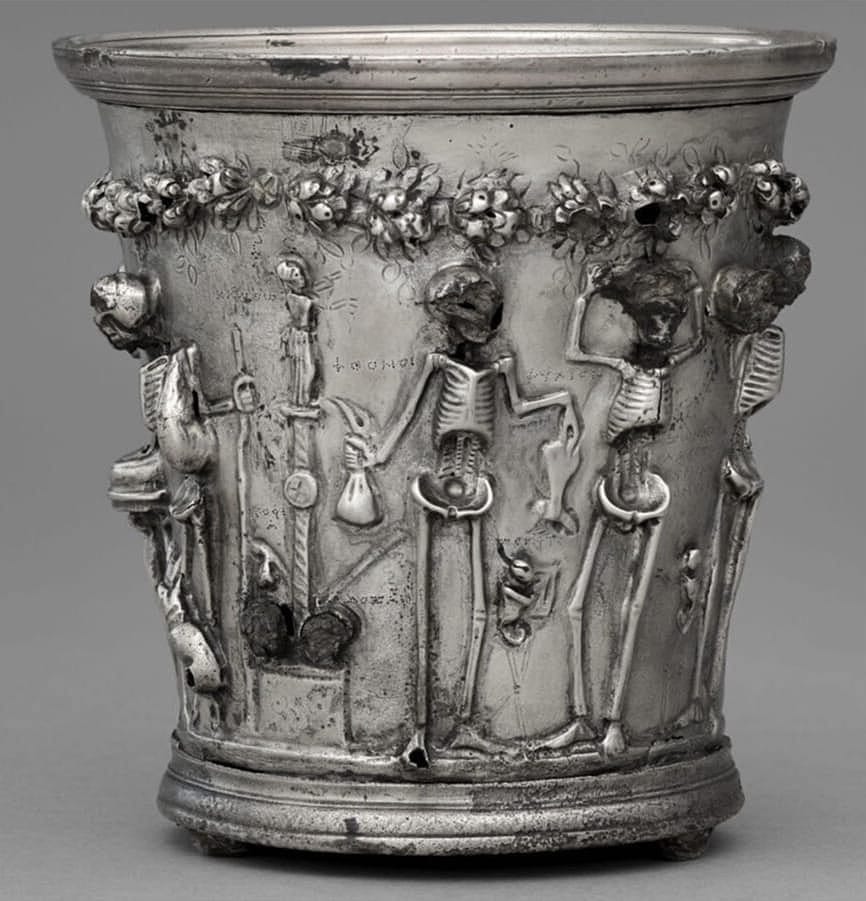
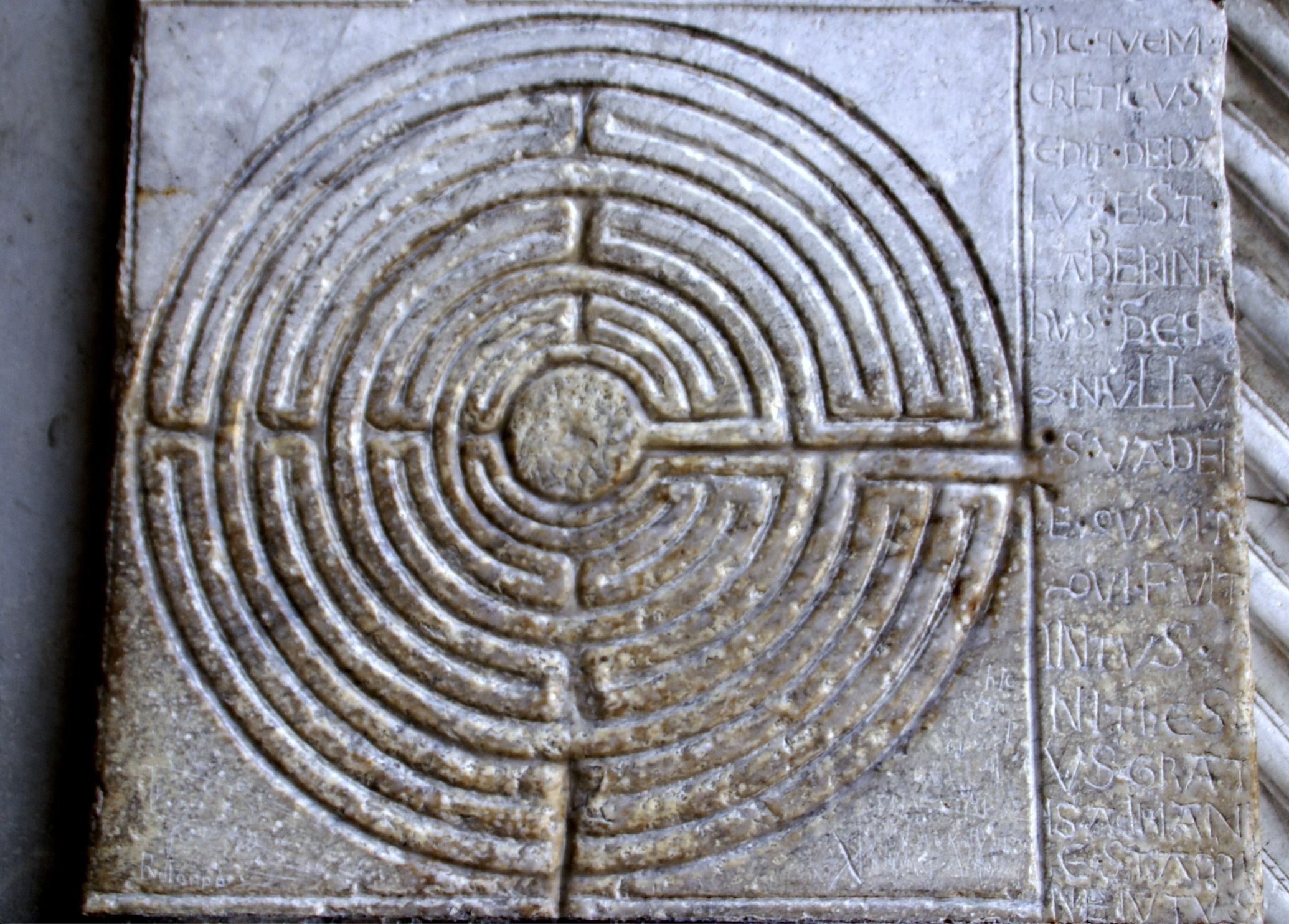

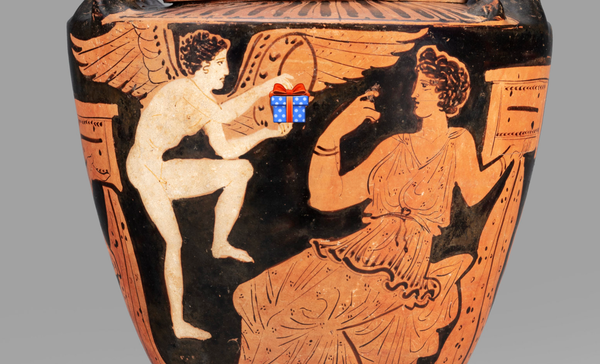
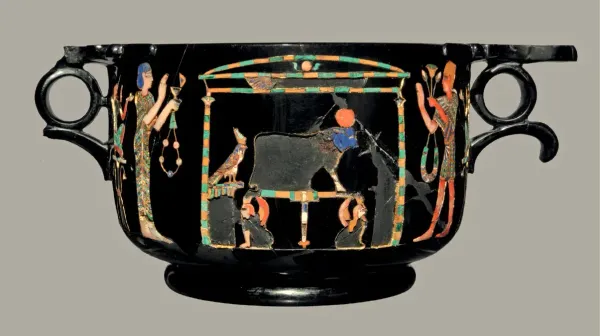
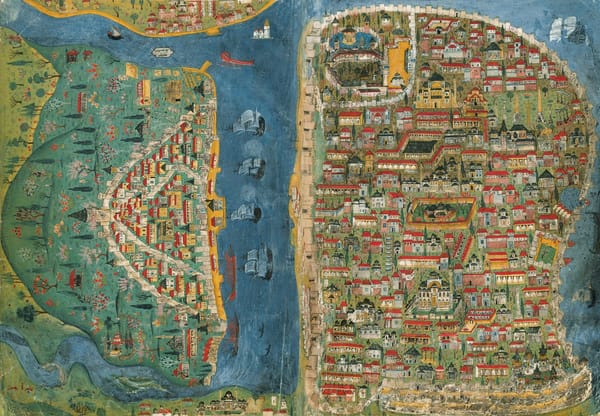
![Unknown Artisan, " [Obverse of a] Token with an Egyptian Obelisk [from Nikopolis, Egypt] and a Temple," 1-50 CE, tessera, cattle bone, Roman with Greek inscription on reverse](/content/images/size/w600/2025/10/9010.jpg.webp)